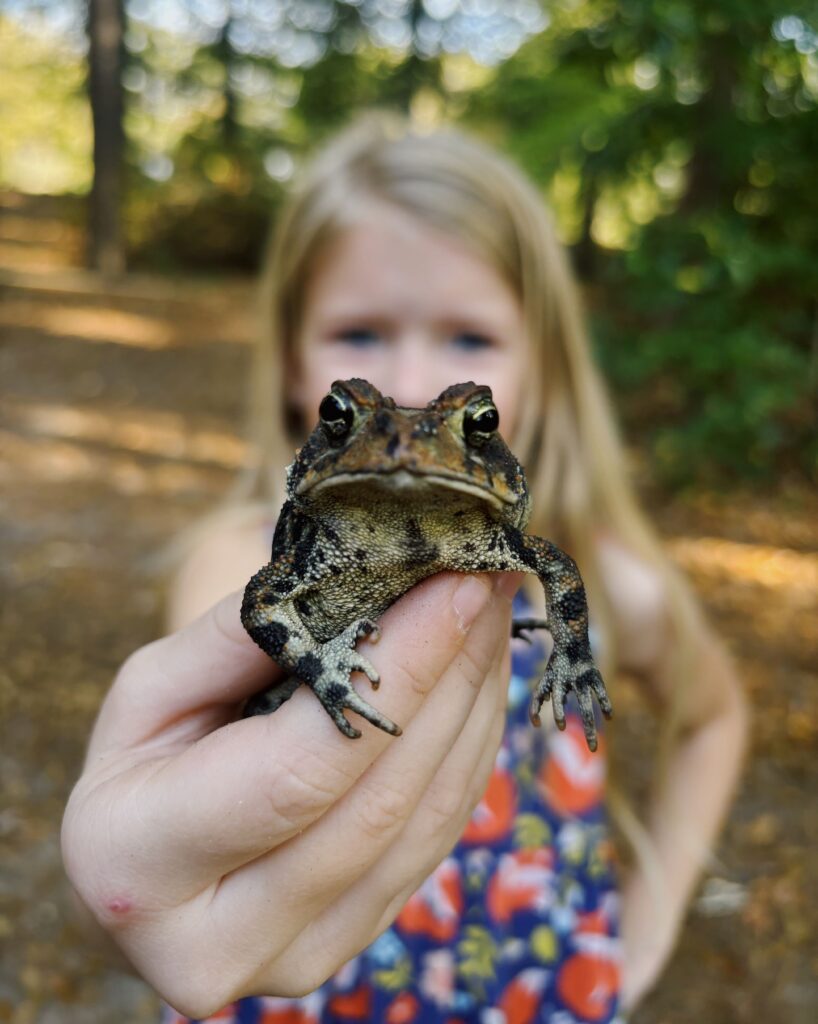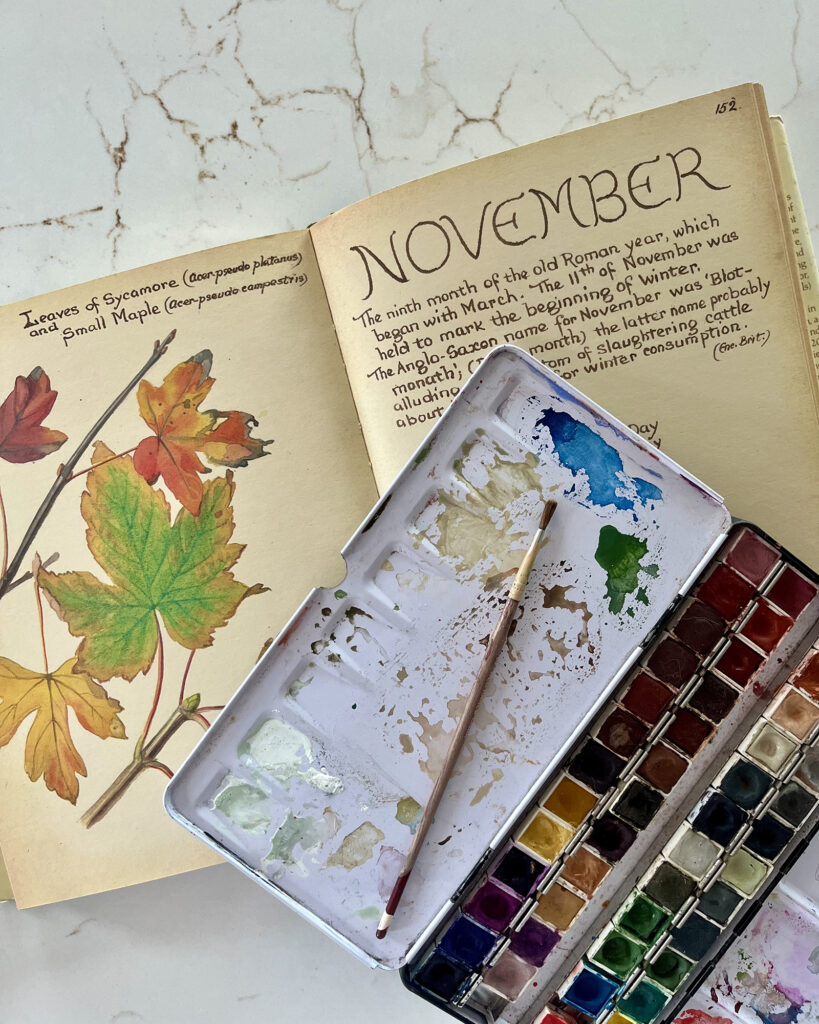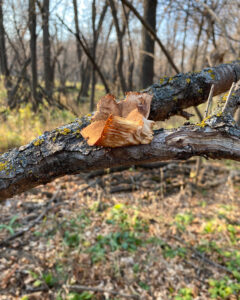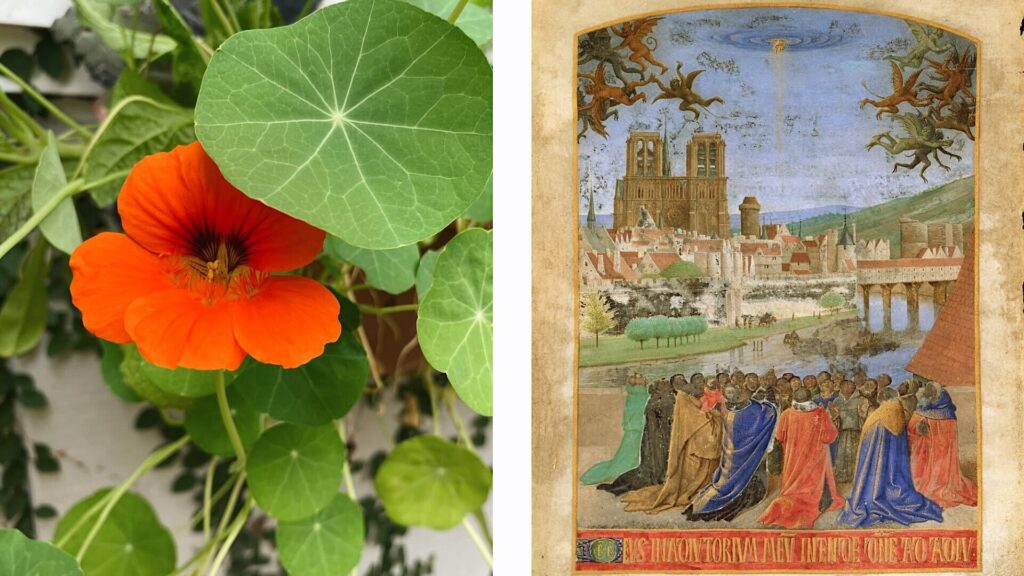The CMP Review — Week of November 4
November 4, 2024

“In the early years we are not to teach nature as science, we are not to teach it primarily for method or for drill: we are to teach it for loving — and this is nature-study. On these points I make no compromise.” — L. H. Bailey (Handbook of Nature Study, p. 177)
@tessakeath
November 5, 2024

Near the end of Part V of Home Education, Charlotte Mason writes, “It is not possible to do more than mention two more important subjects—the Handicrafts and Drills—which should form a regular part of a child’s daily life. For physical training nothing is so good as Ling’s Swedish Drill… Dancing, and the various musical drills, lend themselves to grace of movement, and give more pleasure, if less scientific training, to the little people.”
While Mason could afford only a “mention” about dancing in her first volume, the PNEU was under no such constraint. One writer who went well beyond Mason’s “mention” was Juliet Williams, author of an important Parents’ Review article entitled “The Teaching of Drawing.” In 1914, Miss Williams conducted an in-depth study of dancing — the dancing which Miss Mason had in mind, the dancing which would give “grace of movement” and “pleasure” to “the little people.”
When I began reading Williams’s pair of articles, I wasn’t sure exactly what to expect. But what I found went well beyond the range of my experience. Sure, I thought I would read about rhythm and movement. But nothing could have prepared me for the flowers, the bells, and the beauty of English country dancing.
Today we present the second of two articles on country dancing by Juliet Williams. Our edition includes notes and annotations by Heidi Buschbach, with links so you can immerse yourself in the sights and sounds of this unique art form. I have nothing against Swedish Drill. But take a moment to explore Morris dancing, and you’ll see why even Miss Mason said it would give little people “more pleasure.” Find the article here.
@artmiddlekauff
November 6, 2024

Would you like to begin nature journaling, but don’t know where to start or finding yourself in need of inspiration?
We have so many free resources for you! Check out articles on nature journaling supplies and how to get started to brush drawing tutorials and a beginner’s palette.
Looking for something specific? Let us know and we’ll help you out.
@rbaburina
November 7, 2024

In May 1892 a notice appeared in the Parents’ Review announcing that the new “Mothers’ Educational Course” (MEC) would begin next month. This program became an important element of the PNEU for many years, growing and evolving even as the PNEU itself evolved.
For example, when the Home Education Series was formalized as a set of five volumes in 1906, these books by Charlotte Mason became a staple of the course. Indeed, members were encouraged to read the volumes even if they could not commit to the broader set of readings required by the MEC.
With the publication of An Essay Towards a Philosophy of Education in 1925, a new book by Charlotte Mason was added to the canon. How would this be handled by the reading course?
An announcement in the 1926 Parents’ Review revealed the answer. Not only did it touch on the relationship of “volume 6” to the Home Education Series, but it also revealed a new name for the Mothers’ Educational Course. And it included suggestive details such as, “It is hoped that all Members will keep a reading diary, or commonplace book.”
Our team has transcribed this little bit of history. Read about the 1926 iteration of the MEC here.
@artmiddlekauff
November 8, 2024


Who has been squirreling food away for winter? Well, not well hidden, more like carefully strewn!
Our dear friends found these (and more) stored in plain sight, delicately placed on tree branches in our forest.
📷: @heidigosselin
@antonella.f.greco
November 9, 2024

“Let us try to capture for ourselves something of the lure of this realm of Number, to see if but dimly a vision of its beauty and feel the appeal of its romance, then we need not fear but that the children will go with us and Number come into its own.”
~Irene Stephens
📷: @aolander
@rbaburina
November 10, 2024

Years ago a friend of mine made a careful study of Charlotte Mason’s six poetry volumes. Along the way he kept a document entitled “Quotes from poetry” in which he added “fragments and complete poems with …comments … which may be relevant for my study.”
The document grew and grew until it came to 140 pages. And then he was kind enough to share it with me.
Towards the end, as he was going through volume 6, he copied the poem “He divideth his spoils” in its entirety. And then he included this note: “art should be freed from the devil’s spoils of men.”
I know why he wrote this and I know why he captured this poem. It is a remarkable example of how Charlotte Mason’s philosophy of education is inextricable from her theology, and even from her exegesis of Scripture.
How can art be freed from the devil? By taking away his armor. Read or hear Charlotte Mason’s stunning poem here.
@artmiddlekauff